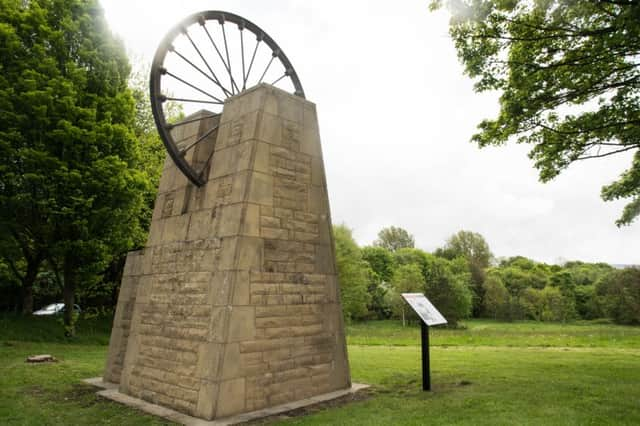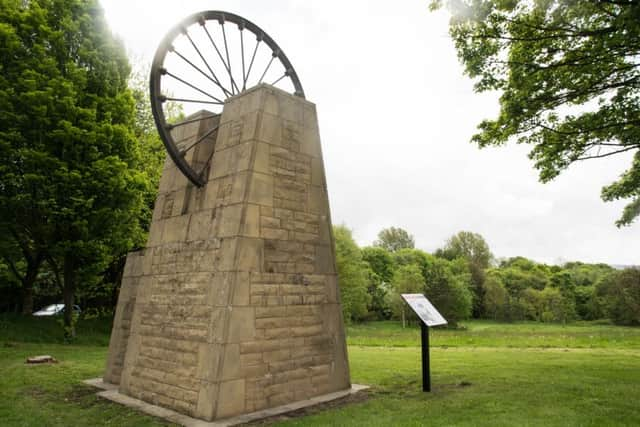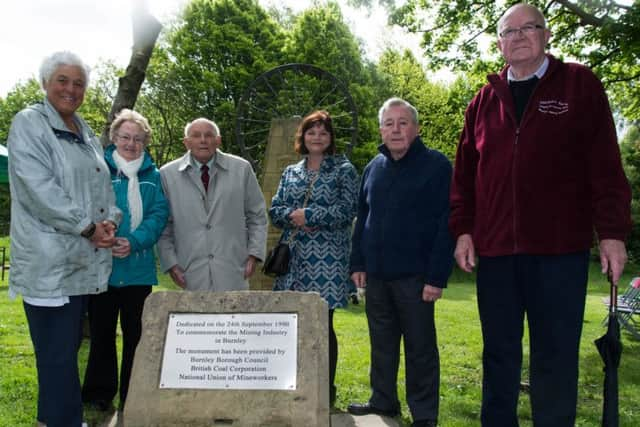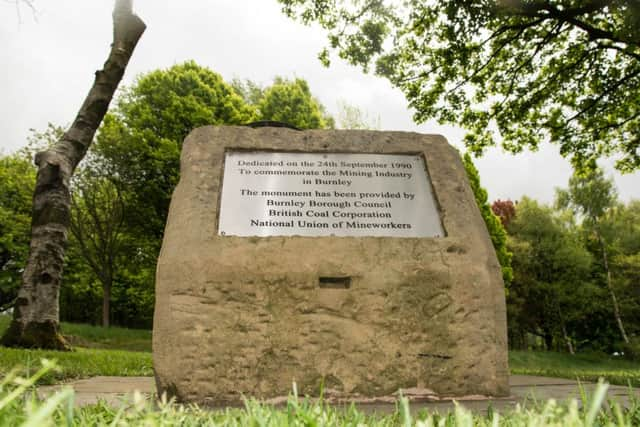A clean face for coalminers' memorial


The refurbishment came about after pensioner Joyce Wade was walking in Bank Hall Park and noticed that the plaque in front of the monument to the miners who had worked there was badly damaged and had become unreadable.
The memorial was erected in 1990 on the site of the former Bank Hall colliery and commemorates the mining industry in Burnley, which once employed thousands of men and enabled the development of Burnley as an important centre of the cotton industry, and the prosperity which followed.
Advertisement
Hide AdAdvertisement
Hide AdBurnley Council arranged for a new plaque to be inscribed and the memorial cleaned.


Joyce said: “My cousin John Parkinson trained at Bank Hall pit and I wanted to send him a photograph of the memorial and the plaque.
“It had become unreadable so I asked the council if something could be done. It looks a lot better now.”
Burnley MP Julie Cooper rededicated the memorial in front of a small crowd of former miners.
Advertisement
Hide AdAdvertisement
Hide AdShe said: “Bank Hall is part of our proud heritage that brought some of the wealth to our town.


“It’s really important that we continue to remember and celebrate that past and ensure it’s never forgotten.”
Simon Goff, Burnley Council’s head of green spaces and amenities, said the Brun Valley Forest Park, which houses the memorial, had now become a popular spot for walkers.
He said: “It’s nice that we can remember our history but also see an area regenerated from industry. Wild flowers are continuing to grow here and it is returning to nature.”
Advertisement
Hide AdAdvertisement
Hide AdCoun. Bea Foster, the council’s Executive member for leisure and culture, said: “The memorial in Bank Hall is an important reminder of Burnley’s coal industry on which Burnley was built and a tribute to the many thousands of people that worked in the mines.


“I’m pleased that we have been able to replace the plaque, clean the memorial and install an interpretive panel that explains the history of the Bank Hall colliery.”
Bank Hall Park is all that remains of the largest coal mine of the Burnley Coal Field.
It is, therefore, a suitable place in which to commemorate the history of coal mining, Burnley’s second most important industry of the Industrial Revolution, according to local historian Roger Frost.
Advertisement
Hide AdAdvertisement
Hide AdHe said: “Mining is first recorded in the coalfield at Trawden and Cliviger in the late 13th Century. By the mid-15th Century coal was being mined at Broadhead Moor, near Burnley, and other sites had been identified at Brunshaw, Habergham and at Greenhead Lane in the 16th Century.


“It was at this time that a famous court case, involving rights to mine coal on Broadhead Moor, was heard by Sir Thomas More, the great minister of Henry VIII.
“By the 17th Century Padiham, Burnley Lane and Briercliffe are all mentioned as the sites of coal mines.
“The earliest mines were seams driven into outcrops of coal. Then, shallow bell-pits, otherwise known as bee-hives (from their shape), were sunk to coal seams close to the surface. There are remains of these mines throughout the district and the Bee Hole End at Turf Moor takes its name from such a mine.
Advertisement
Hide AdAdvertisement
Hide Ad“Small mines like these proliferated until the early 19th Century but, when Burnley became an important centre of the cotton industry, the demand for coal - for mill engines, domestic fires and steam powered transport – resulted in the sinking of much bigger mines.
“Bank Hall Colliery was founded in 1865 when the first shaft was sunk though it did not start to produce coal until 1869.
“Finding work, at one time, for more than 1,000 colliers, Bank Hall was owned by the Hargreaves Colliery Co.


“With the rest of the mining industry, the mines of the Burnley coalfield were nationalised in 1947 but, by that time, many of the collieries were almost exhausted.
“Bank Hall closed in 1970 when 750 miners were made redundant. A few years later work commenced to create the present Bank Hall Park, which is managed by Burnley Council.”